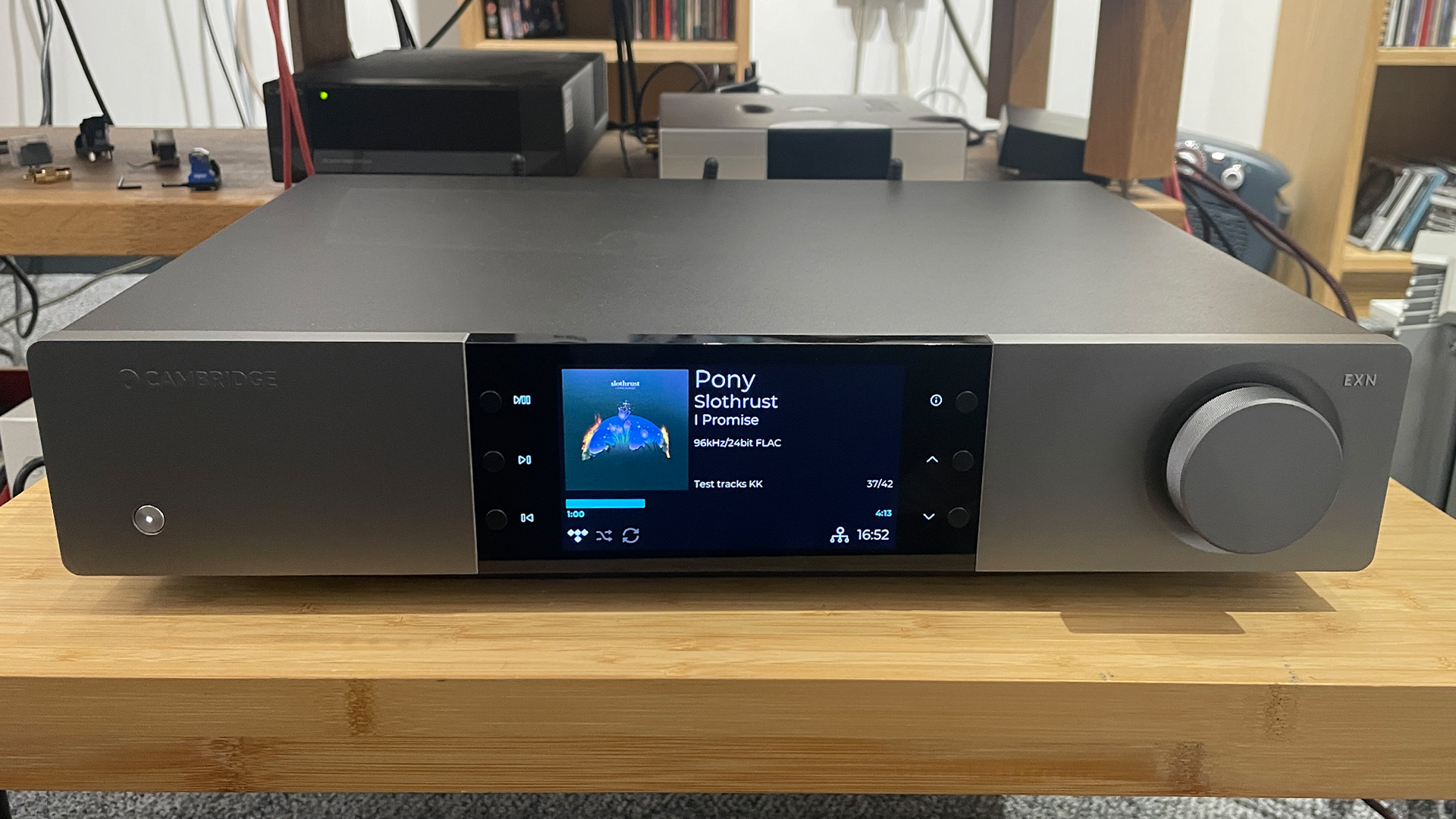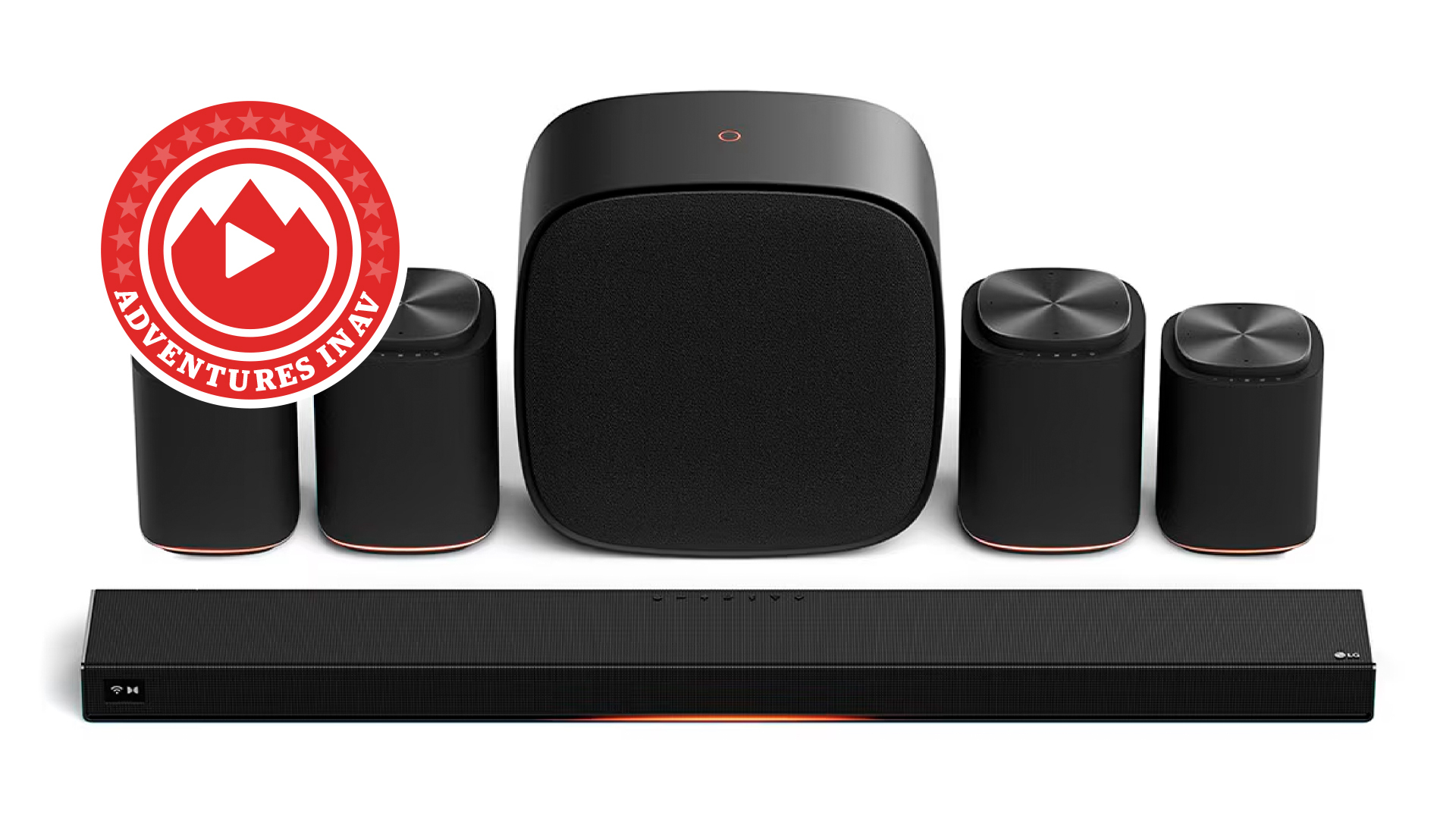Hi-fi and music streaming live harmoniously, but two Big Tech brands hold the relationship back
The biggest streaming technologies aren't up to scratch where audio quality is concerned

When streaming services came along and changed how we consumed music, hi-fi electronics brands had to adapt; they had to accommodate. And they have done spectacularly. It’s been a rather long road, as I penned not long ago in a music streamer retrospective, but in recent years we have reached a supreme moment where hi-fi and streaming go together like cops and doughnuts. Today, we have hi-fi music streamers, streaming amplifiers and streaming-savvy all-in-one systems, from the affordable to the aspirational, that sound good, look good and offer pleasingly intuitive user experiences consistent with other parts of our technological lives.
Hi-fi manufacturers of such components have created software teams to a) develop their own control apps – apps that meet the high standards we have become accustomed to in today’s app-driven world; b) grapple with audio transmission standards and protocols that can differ from one country they sell in to another; and c) facilitate the ‘Big Tech’ licensing agreements necessary for their products to implement, say, AirPlay – not easy, as I’ve been told (several times) and as you would likely imagine. Their challenges probably extend beyond that, too.
In addition to control apps, they have implemented modern displays, allowing users to enjoy streaming to the full. And their streaming components now commonly tick what has just about settled as an established set of streaming features – they support AirPlay, internet radio, Roon, Spotify Connect and other major music streaming services, with compatibility for Google Chromecast and Tidal Connect almost as ubiquitous too. Hi-fi components have welcomed and embraced the hi-res streaming quality now offered by the likes of Tidal and Apple Music, while their engineers have had to learn new skills and find ways to harness streaming chipsets and well implement the architecture surrounding it (power supplies etc) to deliver true high-fidelity sound quality.
Indeed, from where I’m standing, hi-fi and music streaming mostly live pretty harmoniously… save for one thing: the companies behind the two arguably most popular streaming methods – yep, two of those aforementioned established streaming features – are letting the side down.
The first is Spotify, arguably the most notable company in the music streaming stratosphere. Yep, several music streaming services now offer hi-res audio quality which pretty much every modern hi-fi streaming device can support, and yet the world’s most popular one, which spawned the best and easiest streaming method out there (Spotify Connect), is limited to what is essentially the lowest quality audio still around (320kbps).
Streaming components costing thousands – sometimes tens of thousands – around the world are undoubtedly having to do their damned best with low-quality streams as their Spotify-subscribing owners who have understandably always loved the service are, perhaps less understandably, not ready to give it up for the new superior-sounding competition that has recently arisen. (I sincerely hope this isn’t the demand of too many high-end streamers out there, but the numbers are probably higher than I want to imagine.) This is a bit like buying an 8K TV and only watching VHS tapes of Only Fools and Horses on it, or owning a Bugatti Veyron purely to do the school run. Spotify is, you may well have heard, very late in delivering on its Spotify Hi-Fi promise to up that catalogue and transmission standard to a much more respectable CD-quality level, but at the moment it remains one of two flies in the ointment when it comes to hi-fi and streaming’s relationship.
The second fly is AirPlay, by none other than Apple, although it’s certainly the less frustrating of the two – the fly circling the inside rim of the container rather than the one swimming around in the ointment. Like Spotify Connect, AirPlay is pretty much a must-have feature for streaming hi-fi components, but for a different reason. AirPlay support means that iPhone and iPad users can stream any music playing on their device to that streamer, whether it’s a file stored locally (on that device) or in the cloud (from a NAS drive) or rather a stream from Spotify or indeed Apple’s own Music service. Unlike Spotify Connect, AirPlay needs the origin device (the iPad or iPhone) in order to work, so the music won’t keep playing if you turn that off – but while an ‘Apple Connect’ solution would be preferable, in my opinion that quirk is not what is truly disappointing. What is again relates to audio quality limitations. They aren’t as severe as Spotify Connect’s, but they are arguably more bizarre.
The latest hi-fi, home cinema and tech news, reviews, buying advice and deals, direct to your inbox.
Essentially, AirPlay is sometimes lossy (compressed) and sometimes lossless (not compressed), but even in the latter case that doesn’t extend beyond ‘CD-quality’. So there's no hi-res AirPlay transmission, despite Apple Music’s catalogue heralding hi-res streams.
Let me break it down real quick. You can use AirPlay to transmit Apple Music streams (or any other music) to AirPlay-compatible devices in lossless CD-quality (but not beyond that, to hi-res). That is only achievable by using either an AirPlay 1-based app and/or an AirPlay 1-based hi-fi component. When an AirPlay 2-based app (like Apple Music) streams to an AirPlay 2-based hi-fi component (which is most that have launched in recent years) via an AirPlay 2 device (recent iPhones, for eg), the audio is re-encoded and transmitted in a pretty lowly 256kbps. (This has all been usefully tested over at darko.audio.)
AirPlay’s finicky CD-quality transmission and plain lack of hi-res transmission is frustrating, and perhaps even more so if it is true that, as reported by Digital Trends, the AirPlay protocol is actually capable of hi-res (24-bit) passthrough.
Being able to play hi-res streams within native hi-res apps like Apple Music and Tidal is a great enabler of hi-res listening these days. And, Spotify Connect and AirPlay aside, other streaming methods like Tidal Connect and Chromecast are good where quality is concerned, too – they just aren’t used quite as universally considering the mass adoption of both Apple devices and Spotify. If Spotify and Apple can ever rise to meet the audio quality potential of their popular offerings, the relationship between hi-fi and streaming would be even more harmonious.
MORE:
Hi-res music streaming services compared: which should you subscribe to?
Tidal will reportedly make mass staff cuts (again) as it looks to operate 'like a startup'
There's a new music streaming service on the market – but you might not expect who created it

Becky is a hi-fi, AV and technology journalist, formerly the Managing Editor at What Hi-Fi? and Editor of Australian Hi-Fi and Audio Esoterica magazines. With over twelve years of journalism experience in the hi-fi industry, she has reviewed all manner of audio gear, from budget amplifiers to high-end speakers, and particularly specialises in headphones and head-fi devices.
In her spare time, Becky can often be found running, watching Liverpool FC and horror movies, and hunting for gluten-free cake.
